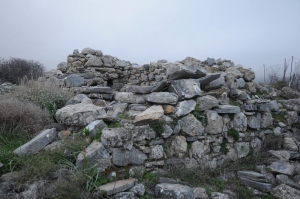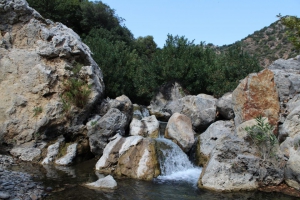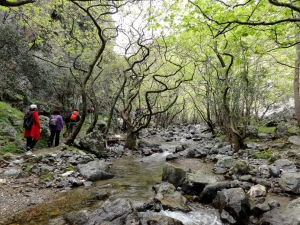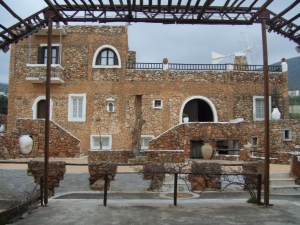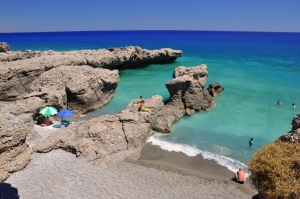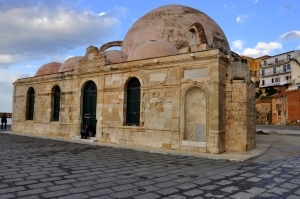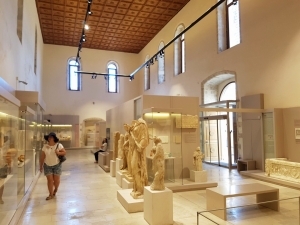Elyros was the most important town in southwestern Crete during the Doric and Roman Periods. Ruins are conserved 500m far from the village Rodovani atop the panoramic hill Kefala. The town had two harbors: Syia(current Sougia) and Lissos. The exact location of the town was verified by an inscription with the phrase in Greek "Glory to the people of Elyros".
At a forgotten area of the region Selino in South Chania, you will meet the well hidden gorge of Pelekaniotis River. It is the river with the most water flow in Selino and it is so important that the whole municipality of Paleochora is named Pelekanos. It has water all year round and forms a lush green valley at its exit, at Maherota location.
Aquaworld Aquarium has been operating since 1995 by John McLaren and is located very close to the main road of Hersonissos.
Kollita Gorges, i.e. Twin Ravines are located nearby the picturesque village Argyroupolis, about 22km southwest of Rethymnon city. They are named so, as they consist of two parallel canyons that end near Kato Poros settlement and is part of the E4 trail. The first canyon on the east is called Moudriano Gorge, while the west gorge is Kato Poros Gorge of Vilandredo Gorge, mostly known as the main Kollita Gorge.
The Open-air Museum Lychnostatis was founded in 1992 by the doctor and collector George Makrakis. The buildings themselves are some of the main exhibits as they were built thoroughly with the prevalent raw materials (stone-wood-clay).
If you head east of Fylaki beach, you will soon (100m only) reach the exit of the Sfakiano Gorge, with a nice pebbly beach formed. The area is called Plakakia and hosts some of the most spectacular beaches in Crete, formed on small narrow fjords. Indeed, some of them are formed inside small caves! There is a tricky dirt road leading close to the beach.
The Küçük Hasan Pasha Mosque or Gialisi Tzami (mosque of the sea) is actually the only preserved mosque of the city of Chania. It was built on the site of a preexisting Christian temple after the conquest of Chania by the Ottomans in 1645, honoring Küçük Hasan Pasha.
The Archaeological Museum of Rethymnon is temporarily hosted in the basilica of Agios Fragiskos (St Francis) in the old town of Rethymnon. It hosts exhibits from various excavations around the prefecture of Rethymnon which represent all periods from the Neolithic Age to the Roman period.





